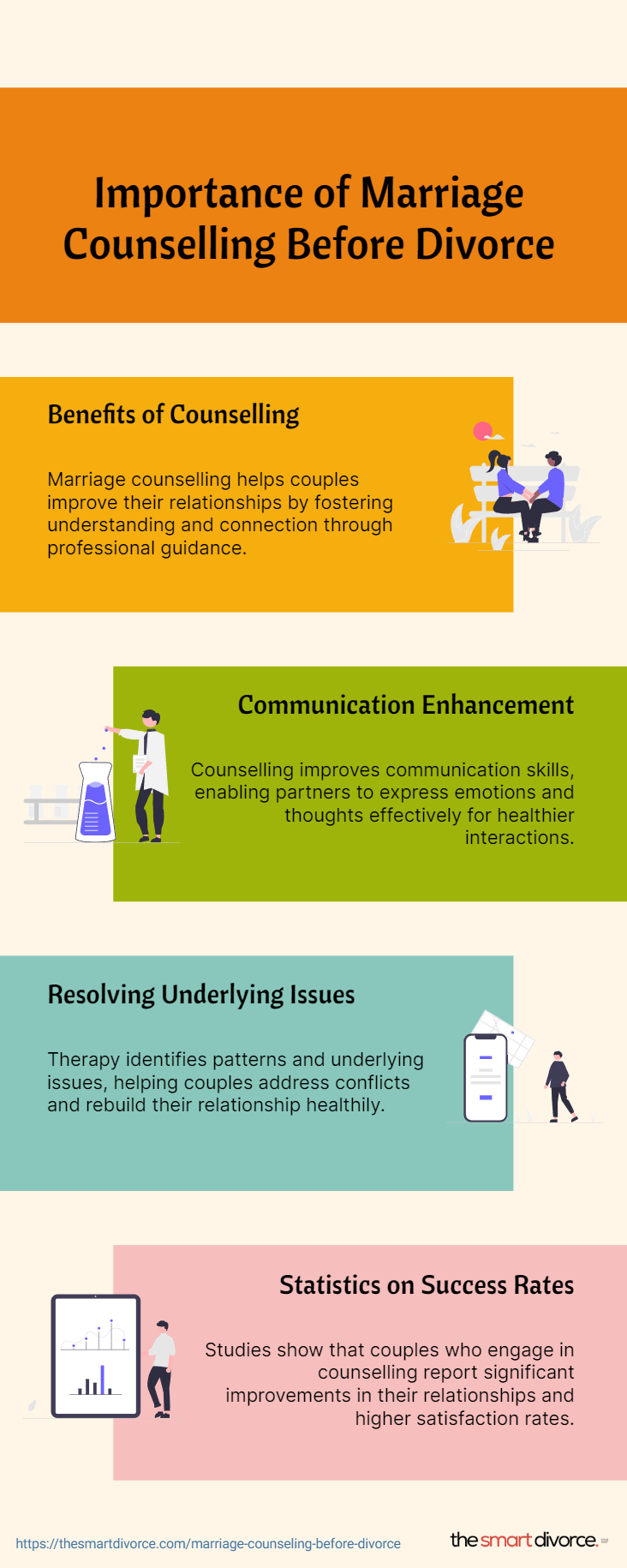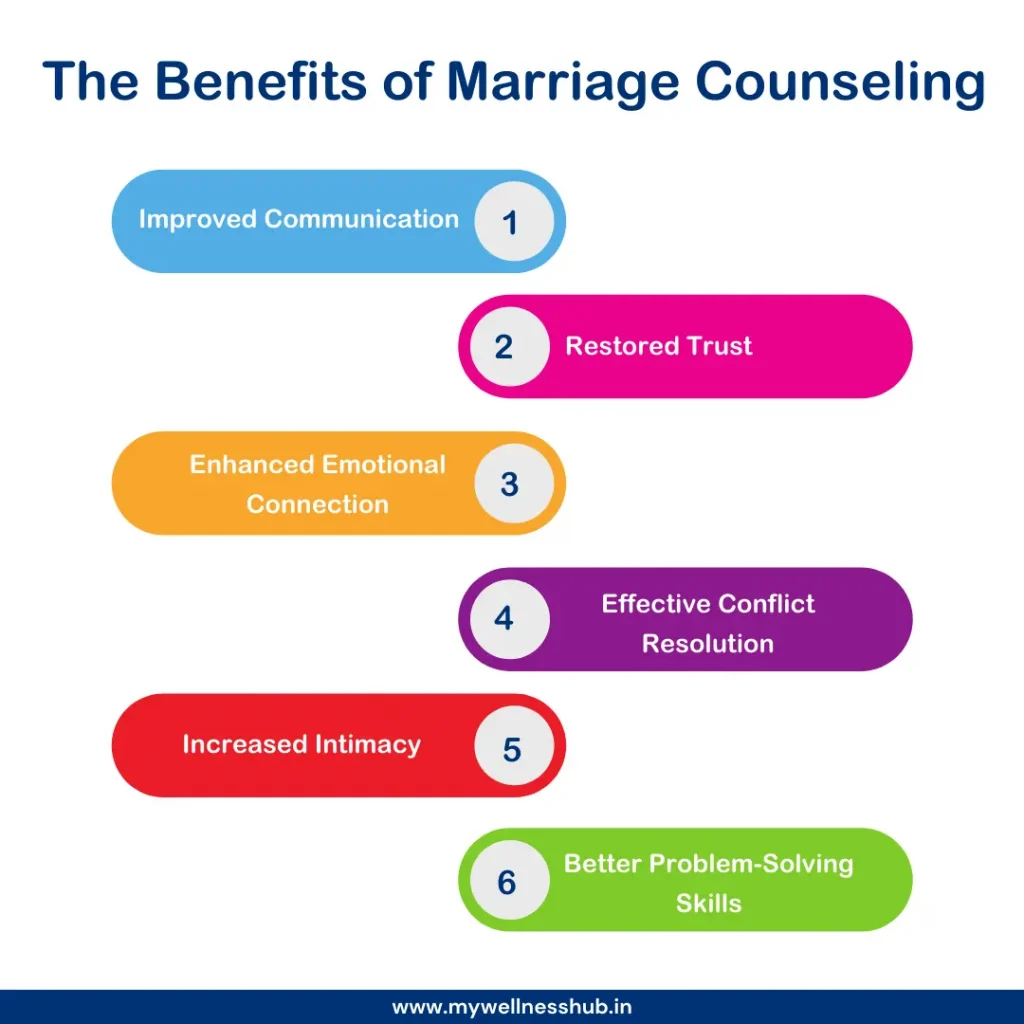Aim Point Counseling Can Be Fun For Anyone
Aim Point Counseling Can Be Fun For Anyone
Blog Article
All About Aim Point Counseling
Table of ContentsAim Point Counseling for BeginnersSome Known Questions About Aim Point Counseling.Top Guidelines Of Aim Point Counseling4 Simple Techniques For Aim Point CounselingAim Point Counseling Fundamentals ExplainedOur Aim Point Counseling Ideas
The longitudinal layout involves a pre-treatment study and 2 follow-up surveys at 3- and 12-months post-intervention. The research is set in 8 Relationships Australia Victoria centres, across urban, outer suburban areas, and regional/rural sites. Relationships Australia, a non-government organisation, is the largest company of pair counselling and connection services in Australia.
These high rates of connection break down have actually been consistently associated with negative health and wellness consequences for both adults and children complying with divorce/separation.
The Main Principles Of Aim Point Counseling
Longitudinal researches likewise recommend that youngsters of divorce have a higher incidence of psychological conditions, alcohol and drug use, and dangerous sexual practices [7] The impacts of divorce and splitting up can be harmful, research suggests that high connection discord in undamaged couples is additionally most likely to have negative outcomes.
Moreover, elements that affect the outcomes of these services need detailed investigation. Study to day has identified both pair and specific factors that may add to connection discord. These include connection fulfillment and dedication at the pair degree, and anxiety at the specific level. However, durable research to review relationship-enhancing treatments in the community are limited.
8 Simple Techniques For Aim Point Counseling
Therefore, while most research studies show renovations in partnership satisfaction complying with pair therapy, they are limited by the samples and actions utilized, mostly temporary follow-up time structures, and analyses that do not represent the dyadic nature of couple data. Relationship commitment, based upon procedures such as the Commitment Inventory (CI) [19], is another generally examined relationship outcome.
To sum up, research study indicates that couple-specific variables along with specific elements might anticipate the results of pair therapy and relationship services. The causal instructions of these relationships, however, is less clear. These monitorings are essential, given that, to warrant and direct the application of partnership services such as couple therapy, empirical evidence must discover both the outcomes of relationship solutions and the variables that anticipate effective treatment.
, at least in some European countries.

We currently understand little about the accounts of pairs who seek out connection my blog education compared with those that look for relationship coaching, or the outcomes of these programs. Anecdotal evidence recommends that there might be considerable distress among at the very least some pairs looking for relationship education. Partnership education and learning programs differ from couple counselling as they are commonly very structured, conducted in teams, and concentrate on a combination of four components; understanding, responses, cognitive adjustment, and abilities training [45]
The Facts About Aim Point Counseling Revealed
Comments involves individuals finishing sets of questions concerning their connection (e.g. steps of social problems), and getting info on what their scores indicate. Cognitive-behavioural techniques promote changing cognitions to facilitate favorable connections. These may consist of advertising realistic attributions/expectations around adverse companion practices [46] Finally, in abilities training, pairs participate in lectures or discussions on relationship abilities, and practice these throughout facilitator-led activities [ 45]
These results have actually lingered for up to 4 years in some research studies [47] Nonetheless, these meta-analyses highlight constraints in the current literary works on partnership education and learning. Specifically, the bulk of research studies included pairs from top socio-economic backgrounds who were not experiencing high partnership discord [47,48] This sample profile may not stand for customers who generally provide for connection education and learning.
Some Of Aim Point Counseling

Very little study has examined the relative advantages of couple coaching and relationship education and learning programs. As clients are most likely to self-select right into these service kinds, it is not clear whether particular partnership distress profiles present to every solution type, or undoubtedly whether there is a communication in between presenting profile, solution kind and outcome.
(https://trello.com/w/a1mpoint/members)
Therefore, we have actually included a 12-month follow-up to evaluate longer-term patterns and results.
Consequently, we suggest to use multi-level analytical modelling treatments that control for the inter-dependence of pair information to examine any type of treatment results. The particular purposes of the ECC research study are to: 1. Map accounts of customers looking for area agency-based couple therapy vs. connection enhancement programs in regards to socio-demographic and relationship indicators (such as partnership contentment, partnership commitment, social troubles, and factors for going to), in addition to health and wellness (such as clinical depression, general wellness) and wellness solution use (eg.
2. Determine whether couple therapy and relationship education and learning services enhance 3- and twelve-month results for connection fulfillment, dedication, and depression, utilizing statistical analyses ideal to couple data. 3. Determine the relative contributions of client factors (private and pair) and therapy/education factors to end results at 3- and 12-months, and to sustainability of end results in time.
The Best Strategy To Use For Aim Point Counseling
Multi-level modelling to establish pre-post distinctions, controlling for dyadic (couple) degree. To add to the literature examining the effectiveness of community-based couple therapy. The outcomes will certainly assist clinical decision-making in community-based connection service setups, and specialist training. 3. To figure out the relative contributions of client/couple and treatment factors to outcomes at 3- and 12-months, and to sustainability of outcomes in time.
Report this page